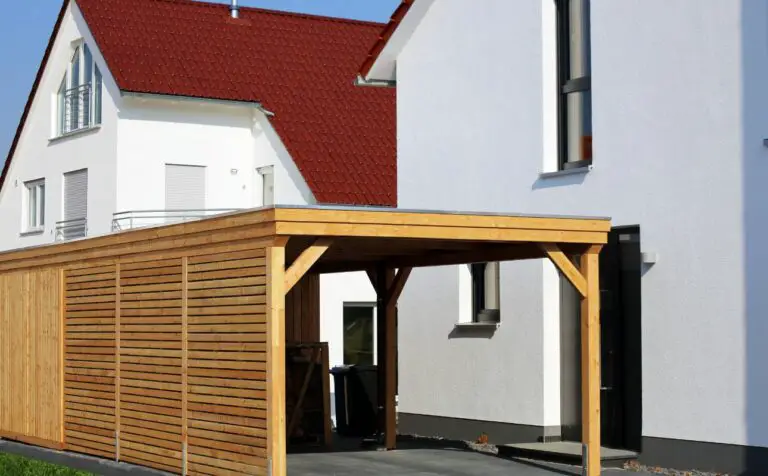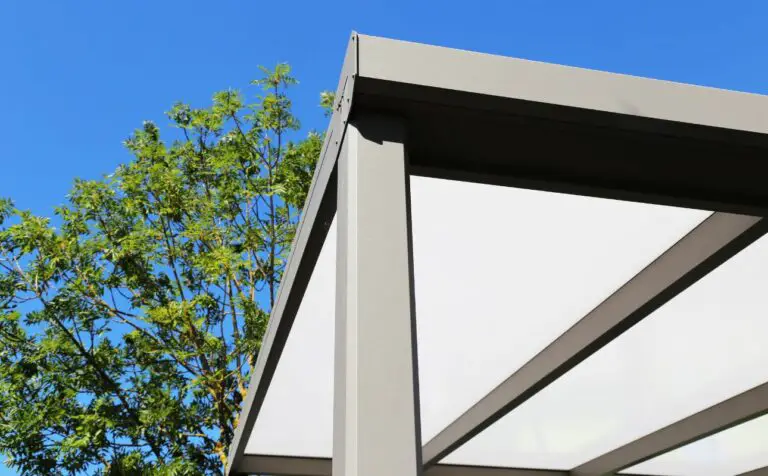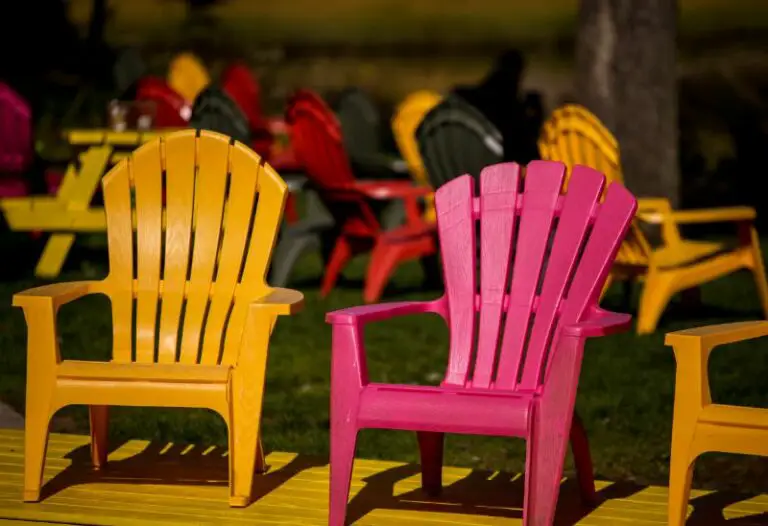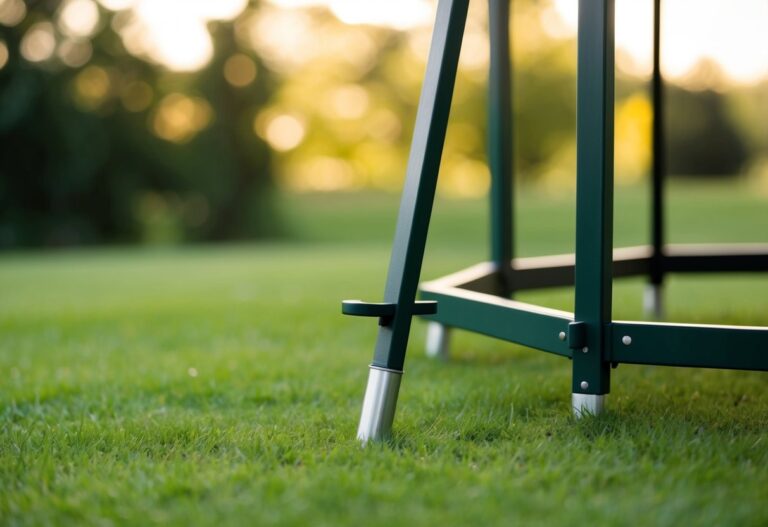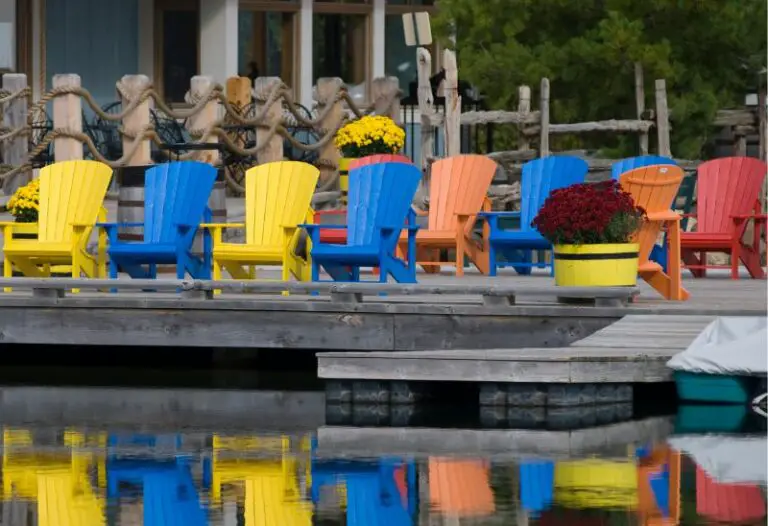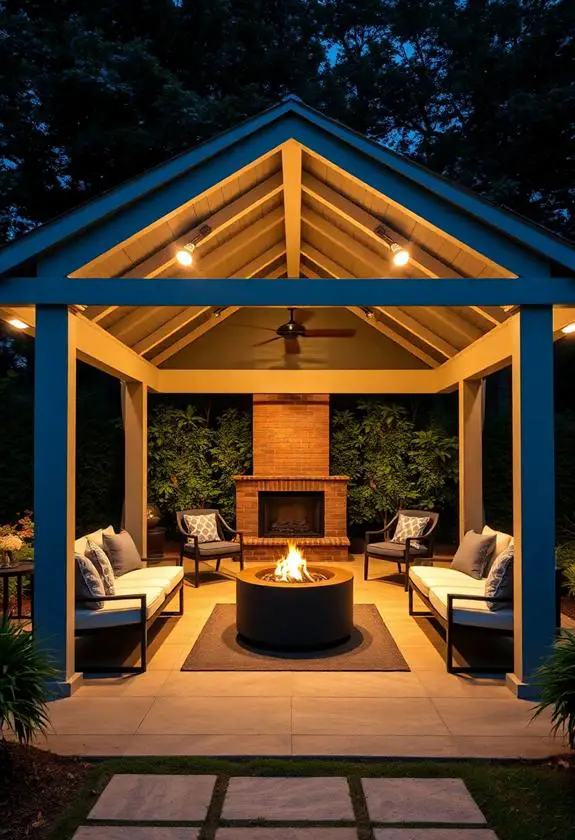When planning to build a pergola in your backyard, one important consideration is how far it should be from your house.
Building too close to your home can result in a variety of problems, including moisture issues and potential damage to the structure of your home. On the other hand, building too far away can diminish the pergola’s usefulness as a shaded outdoor living space.
The ideal distance for a pergola from your home will depend on various factors, including the size of your backyard, the intended use of the pergola, and local building codes. However, a general guideline is to keep the pergola at least 8- 10 feet away from your house to avoid potential issues with moisture and damage.
In this article, we will explore the factors that can influence the ideal distance for a pergola from your home, and provide some guidelines to help you determine the best placement for your pergola.
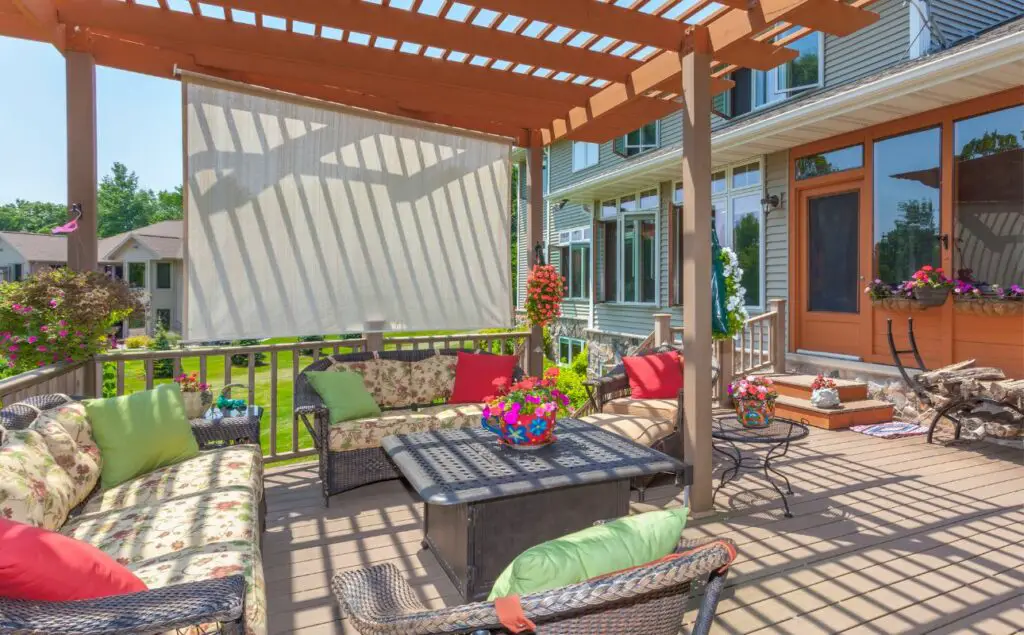
Understanding Local Building Codes
Before building a pergola, it’s important to understand the local building codes in your area. Permit requirements and zoning laws vary depending on where you live. Be sure to check with your city or county government to find out what permits are required before starting any construction.
Additionally, some homeowner associations may require approval before building a pergola. It’s best to consult with them beforehand to avoid any issues down the line.
Don’t forget that the building inspector will need to inspect the structure once it’s built to ensure it meets all safety standards and regulations.
Considering Weather Patterns In Your Area
One key factor to consider when deciding where to place your pergola is the impact of wind on its placement. Wind can cause damage to both the structure itself and any plants or furniture underneath it. Therefore, it’s essential to choose an area that offers some protection from strong winds.
Think about the direction of prevailing winds in your area and how they may affect your pergola throughout the year. By taking these factors into account, you can ensure that your pergola will be safe and durable for years to come.
When considering weather patterns in your area, keep in mind that certain locations may receive more sun exposure than others. If you plan on using your pergola primarily as a shaded outdoor living space, placing it near trees or other structures that provide natural shade can help maximize comfort during the hot summer months.
Assessing The Size Of Your Yard
Measuring distance from your house is just one aspect to consider. You also want to take into account any existing landscaping options and how they might impact the placement of your pergola.
To properly measure the distance between your house and potential pergola location, use a measuring tape or laser measurer. Keep in mind that you will need at least 7 feet of clearance height for most standard pergolas.
Make sure there is enough room around the area where you plan on placing the structure. A good rule of thumb is to leave about 2-3 feet of walking space around all sides.
Once you have determined these measurements, think about what type of landscaping features are already present in your yard and how they can play into the placement of your pergola.
Determining The Purpose Of Your Pergola
Let’s start planning the design of our pergola, as well as deciding where it should go.
We’ll need to figure out how far it should be from the house, and what kind of materials we want to use.
Planning The Design
When considering the purpose of your pergola, it is important to plan the design carefully.
Design considerations should include selecting a location that complements the overall look and feel of your home while providing adequate shade and privacy.
Additionally, structural requirements must be taken into account when determining how far the pergola should be from the house. This includes ensuring proper support for the weight of the structure and accounting for any potential drainage issues.
Establishing The Location
Measuring distance is crucial as safety concerns come into play when determining how far the pergola should be from the house.
It’s important to ensure that there is enough clearance for any potential hazards such as power lines or tree branches.
Additionally, taking note of the sun’s path throughout the day can help determine where shade will be most needed.
Choosing The Right Materials
When it comes to choosing materials, there are several options available ranging from wood, vinyl, aluminum, and fibreglass. Each material has its own pros and cons that need to be considered before making a final decision.
Wood is popular because of its natural look; however, it requires regular maintenance like staining or sealing. Vinyl is low-maintenance but may not have the same aesthetic appeal as wood. Aluminum and fibreglass require less maintenance than wood and can last longer; although they do tend to be more expensive upfront.
Ultimately, selecting the right material will depend on personal preference alongside goals concerning cost-effectiveness and long-term investment into home improvement projects.
Durability should always be an essential factor when deciding which type of pergola material works best for your outdoor living space. Choosing high-quality materials ensures longevity while also avoiding unnecessary expenses related to repairs in the future.
Hiring A Professional Installer
Now that you have chosen the right materials for your pergola, it’s time to consider its placement. One of the most important factors is deciding how far it should be from your house. This will not only affect the aesthetic appeal of your outdoor space but also ensure safety and functionality.
When determining the distance between your pergola and your house, there are a few things to keep in mind:
- Check with local building codes: Before starting any construction work, consult with your town or city’s building department about their regulations regarding structure placement.
- Consider sun exposure: If you want to enjoy shade during the hot summer months, place your pergola on the east or west side of your home. However, if you prefer natural sunlight, choose the south-facing position.
- Take into account wind direction: Positioning the pergola perpendicular to prevail winds can help provide protection against gusts while still allowing air circulation.
- Evaluate visual impact: Think about how close or far away you would like your pergola to be visible from inside your home and yard.
- Reflect on function: The location of the pergola should align with its intended use. For example, if it’s primarily used for dining or entertaining guests, then placing it closer to a kitchen entrance may be more practical.
Once you’ve decided where to put your pergola, next comes cost considerations. While hiring a professional installer might seem like an easy solution, DIY alternatives are worth considering too..
Maintaining Your Pergola
Maintaining Your Pergola is important to ensure that it lasts for a long time. Regular cleaning of your pergola can help prevent the buildup of dirt, dust and moss which not only ruins its appearance but also weakens its structure.
You could sweep off debris using a broom or use a pressure washer for a thorough clean-up. Proper sealing is another aspect of Maintaining Your Pergola.
Sealing helps protect the wood from water damage, rotting and insect infestation.
It’s recommended to seal your pergola at least once every three years with an oil-based stain or waterproof sealer.
The Bottom Line
When deciding on the placement of your pergola, it’s important to consider how far it should be from your house.
While some may choose to attach their pergola directly to the house for added support and convenience, others opt for a freestanding structure.
When constructing your pergola, keep in mind its height and lifespan as well as whether or not you need a building permit depending on local regulations.
With careful planning and consideration, you can create the perfect outdoor oasis with a beautiful and functional pergola that will provide shade and relaxation for years to come.
